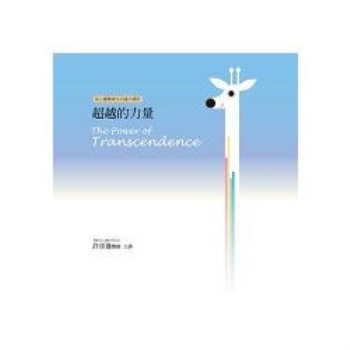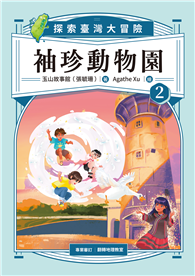Alfred Hitchcock’s Vertigo has dazzled and challenged audiences with its unique aesthetic design and startling plot devices since its release in 1958. In Classical Vertigo: Mythic Shapes and Contemporary Influences in Hitchcock’s Film, Mark William Padilla analyzes antecedents including: (1) the film’s source novel, D’entre les morts (Among the Dead), (2) the earlier symbolist novel, Rodenbach’s Bruges-la-morte, and (3) the first-draft screenplay of Maxwell Anderson, a prominent Broadway dramatist and Hollywood scenarist from the 1920s to the 1950s. The presence of Vertigo amid these texts reveals and clarifies how themes from Greco-Roman antiquity emerge in Hitchcock’s project. Padilla analyzes narrative figures such as Prometheus and Pandora, Persephone and Hades, and Pygmalion and Galatea, as well as themes like the dark plots of Greek tragedy, to reveal how Hitchcock used allusive form to construct an emotionally powerful experience with an often-minimalist script. This analysis demonstrates that Vertigo is a multifaceted work of intertextuality with artistic and cultural roots extending into antiquity itself.
| FindBook |
有 1 項符合
Classical Vertigo: Mythic Shapes and Contemporary Influences in Hitchcock’s Film的圖書 |
 |
Classical Vertigo: Mythic Shapes and Contemporary Influences in Hitchcock’s Film 作者:Padilla 出版社:Lexington Books 出版日期:2024-04-01 語言:英文 規格:精裝 / 342頁 / 22.86 x 15.24 cm / 普通級/ 初版 |
| 圖書館借閱 |
| 國家圖書館 | 全國圖書書目資訊網 | 國立公共資訊圖書館 | 電子書服務平台 | MetaCat 跨館整合查詢 |
| 臺北市立圖書館 | 新北市立圖書館 | 基隆市公共圖書館 | 桃園市立圖書館 | 新竹縣公共圖書館 |
| 苗栗縣立圖書館 | 臺中市立圖書館 | 彰化縣公共圖書館 | 南投縣文化局 | 雲林縣公共圖書館 |
| 嘉義縣圖書館 | 臺南市立圖書館 | 高雄市立圖書館 | 屏東縣公共圖書館 | 宜蘭縣公共圖書館 |
| 花蓮縣文化局 | 臺東縣文化處 |
|
|
圖書介紹 - 資料來源:博客來 評分:
圖書名稱:Classical Vertigo: Mythic Shapes and Contemporary Influences in Hitchcock’s Film
|










